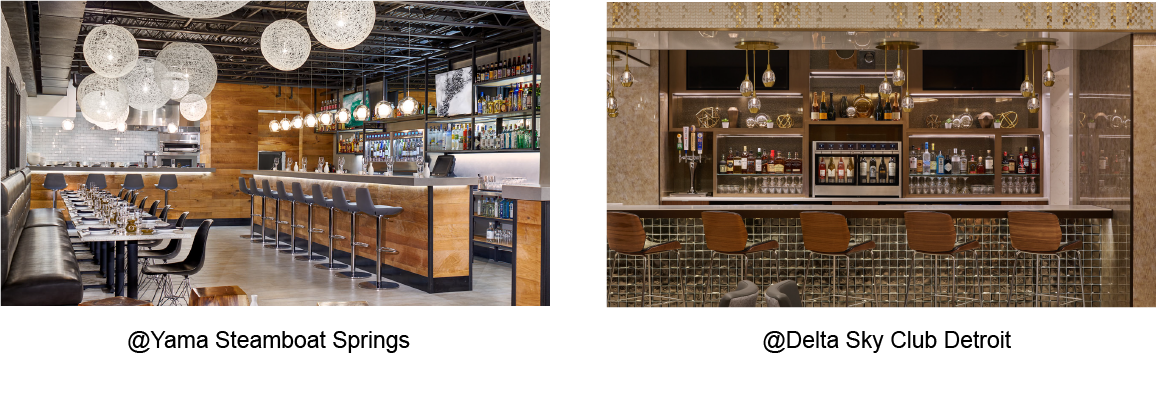Scientists and winemakers have discovered a chemical method to protect wine from its worst enemy: oxidation. Wine preservation systems were then invented to counteract oxidation. The technique involves using a neutral gas heavier than air.
Everything you need to know about wine preservation systems can be found in this article:
Nature and its ability to effectively displace oxygen is the answer. Argon, being chemically inert, does not react with other substances, including wine.
When argon is used to displace air from an opened wine bottle, it creates a protective barrier on the surface of the wine, preventing oxygen from coming into contact with it.

Understanding the factors involved in preserving wine will help determine the best wine preservation system.
As mentioned earlier, oxidation is the number one enemy of wine, affecting its taste and shelf life after opening. Oxidation is a chemical process by which wine components react with oxygen in the air, altering its organoleptic characteristics, including aromas, flavors, and color. Oxidation can occur as soon as wine is exposed to air. In other words, wine must be kept away from air to preserve its aromas and taste.
Temperature can significantly affect the taste of wine. High temperatures can accelerate the oxidation process, while low temperatures can slow down the aging process.
Light, especially UV light, can accelerate the oxidation process in wine. When wine is exposed to light, the organic and aromatic compounds present in the wine can react with oxygen and degrade more rapidly, altering the wine's aromas, flavors, and color. However, prolonged exposure is needed to affect the wine, and bottles are often tinted to counteract UV rays. Traditionally, wine is stored in old, dark cellars away from light and temperature variations.
Wine preservation systems ensure no loss of quality by keeping wine at the desired temperature, protecting it from UV rays with glass doors, and keeping the bottles sealed to prevent air contact, even during serving. They enhance shelf life and reduce losses by combating the factors that affect wine taste. Moreover, portion control is precise.
The best wine preservation systems serve as a marketing tool for your concept store. Our engineers have worked on the aesthetics to ensure that wine preservation systems integrate perfectly into your back bar or room. The display and machine colors are customizable to match your branding.
Automated service reduces payroll costs. The machines are automatic and fast, requiring minimal management. Several customers can serve themselves independently, or staff members can simply press a button to serve a glass, improving serving speed, especially during rush periods. Additionally, the machine is connected to software that tracks wine sales and consumption.
Wine preservation systems continue to evolve, offering a powerful all-in-one solution.
Wine preservation systems are more than just machines; they are real marketing assets that attract customers to establishments, showcasing the importance placed on preserving this prestigious beverage. Explore some of our customers' concept stores.


The most classic and basic systems do not offer all the advantages of a WineEmotion wine dispensing system.
The principle is simple: remove air from the bottle. However, every time you serve a glass, air re-enters the bottle, slowing down oxidation.
It's a bit like storing your food in a slide instead of a refrigerator.
The principle is to insert nitrogen into the bottles to protect the wine from air contact. However, these systems operate individually and require significant management by the waiter.
An all-in-one wine preservation system, the wine dispenser system is a sophisticated yet user-friendly apparatus designed for commercial establishments like restaurants, bars, and wine tasting rooms.
These systems employ advanced technology to preserve and dispense wine from bottles, ensuring freshness and flavor for an extended period, even after initial servings. Equipped with inert gas preservation mechanisms, such as argon or nitrogen, wine dispenser systems minimize oxidation and preserve the wine's integrity.
They often offer temperature controls and portion control, enhancing the tasting experience and reducing waste, making them a valuable asset for establishments aiming to offer high-quality wine by the glass.
A wine dispenser system is a rapidly profitable investment for wineries, with long-term financing options available to increase revenues. Installation and maintenance are carried out by skilled technicians, and the machines come with a 2-year warranty. These systems offer more benefits compared to vacuum pumps and preservation capsules - inert gas, which only extend the life of a bottle by a few days.
These systems are suitable for all types of wine except champagne and sparkling wine.
Yes, there are 4-bottle models perfectly adapted for small-scale restaurants, with options to upgrade to 8-bottle machines. We support restaurant projects by proposing suitable models and financing plans.
Our technicians train restaurant staff to operate the machines, which are very user-friendly. Apart from monthly maintenance, management mainly involves bottle changes, temperature adjustments, and display settings, all of which are explained during training.
Monthly cleaning is required to remove residue.